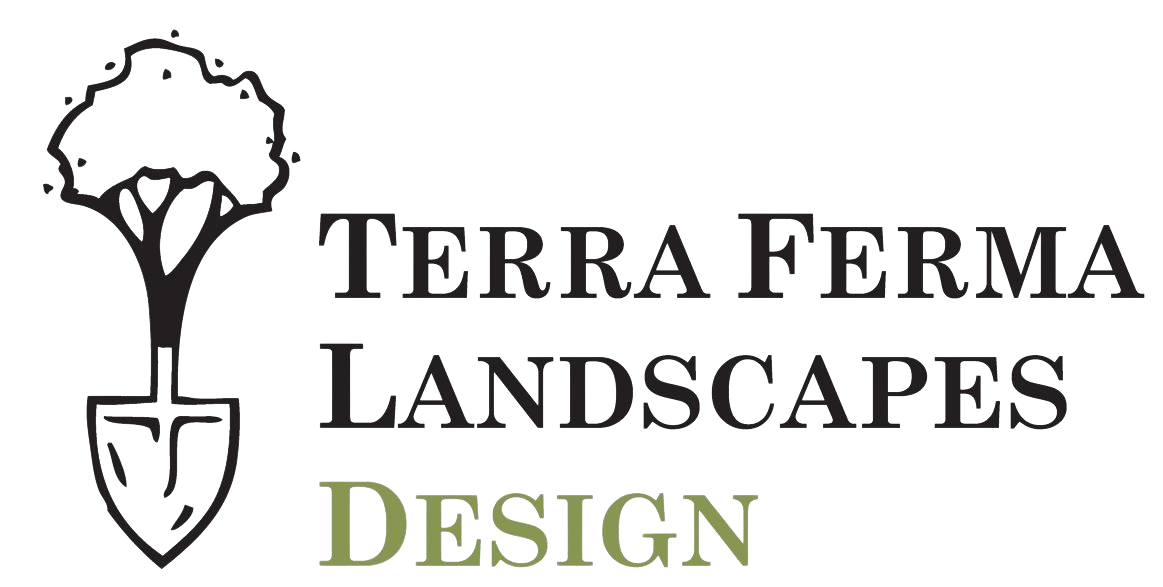Native Plants
At this time of severe drought, which is projected to be California’s new norm, many have been considering alternatives to the traditional garden. As Californians, we have an extensive range of low-water use, diverse, native plants readily available. While some of these plants can incorporate well into existing gardens, this article addresses using the plant communities approach to create distinct California-aesthetic gardens.
The benefits of a native garden extend beyond the Environmental Protection Agency’s (EPA) estimated 60% water reduction (as compared to lawn). Native gardens can:
Reduce Inputs: A native garden reduces the need for fertilizer and pesticide because native plants are already adapted to the soil and climate. Also, most native gardens reduce maintenance needs by embracing an aesthetic that does away with mowing and hedging.
Fanua and Flora Attraction: Native plants attract and provide for amazing and varied wildlife. Native species of fauna, including birds, bees, and butterflies have developed complex relationships with the California native plant species. One well known example is the monarch butterfly, who needs milkweed (a California native plant) in order to feed and reproduce. With the proper selection of native plant materials by the homeowners, pollinators are able to help fruit set in the garden. Fanua, specifically hummingbirds mitigate insects, dominantly mosquitos from the overall landscape.
Sense of Place: Native gardens speak to the character of California and celebrate the distinct and diverse landscape of our state.
The plant community approach to garden design is one of the most common approaches to California native gardens. The process includes observing the microclimate of the garden: Is it shady? Is it on a slope? Is there a large redwood that dominates the space? These observations are used to select the plant community which is the most appropriate and to create a plant palette suitable for longevity. By staying within the designated plant community the flora will be set up for success!
To start imagining a native, one begins with the garden observations: exposure, temperature, flat or sloped, dry or moist and cross references the conditions to the associated plant community. A hot, dry, sloped, and well-exposed site matches the chaparral plant community that is often found on the slopes of the California hills. From there a plant palette can be developed to host grasses, manzanita, and ceanothus. The addition of boulders and a dry creek may further this aesthetic in symphony with the plants.
Although the distinctions between plant communities can be debated and subdivided, 12 ecosystems, as listed in Designing California Native Gardens, by Keator and Middlebrook, provide a strong framework.
Oak Woodland is a perfect palette for underneath oaks, but also works well in drier, partially shaded gardens. This palette includes a range of large, upright shrubs and low growing plants, such as Coral Bells.
Chaparral ecosystems are perfect for those challenging hot, sloped, and dry sites. This is often an exposed south facing California hillside. The palette is largely green with pops of color and includes Coyote Bush, Manzanita, Ceanothus, Hummingbird Fuchsia, and Sage Brush.
However, Redwoods prove to be one very difficult plant to grow anything underneath. It can still be done successfully with a Redwood Forest plant palette which often includes the iconic ferns along with lesser well know species such as redwood sorrel, wild ginger, and red columbine.
The traditional California grassland goes dormant in a hot, dry California summer, but with minimal water, you can keep it fresh and colorful year round. Mixes of different grasses and wildflowers makes for a wonderful lawn alternative that can be easily adapted to a modern or traditional garden aesthetic.
The Coastal Sage Scrub works best along the bay, or near the coast. These plant species can survive in sandier soils, saltier air, and stronger winds. This palette, characterized by low growing perennials, prefers very well drained soils and occasional water or fog.
The Channel Islands plant palette works very well in gardens with a sunny exposure where minimal supplemental watering will allow for year round color. One of the most stunning are the family of buckwheats: the rosy buckw is from this palette. Another remarkable plant is the Santa Cruz Island ironwood (pictured), with striking bark and fern-like leafs.
Desert gardens are more than just a cactus garden.. Deserts contain many annual and summer dormant wildflowers that only show themselves briefly in the true desert, but survive for most or all of the year in a slightly milder climate.
Montane meadows are naturally adapted for higher altitude, meaning colder temperatures. This palette can often be combined with a grassland community for winter/early spring wildflowers or for warmer weather in dappled shade.
For year round shade weather from a neighboring building or evergreen trees, the best palette is the Mixed evergreen forest. This palette has a variety of options that can range from a high interest space to an ideal backdrop.
Wetlands are the best plant community to emulate when aiming for a water feature or, if seasonal wetland plants are selected they make an ideal rain garden. Often a rain garden or seasonal wetland, during the dry season, will emulate a grassland.
It is very important to remember a successful native garden still needs to be well designed and maintained. Careful plant selection and placement is important to ensure the selected plants will meet your needs and do well in your garden. Additionally, these spaces are still gardens, and they need maintenance and care, and even a little bit of water, to remain looking their best. If there are a few non-native favorites, mix them into a compatible plant palette for added interest.
The designers at Terra Ferma Landscapes are happy to help you design your next garden with California native plants to fit in any of the above communities.












